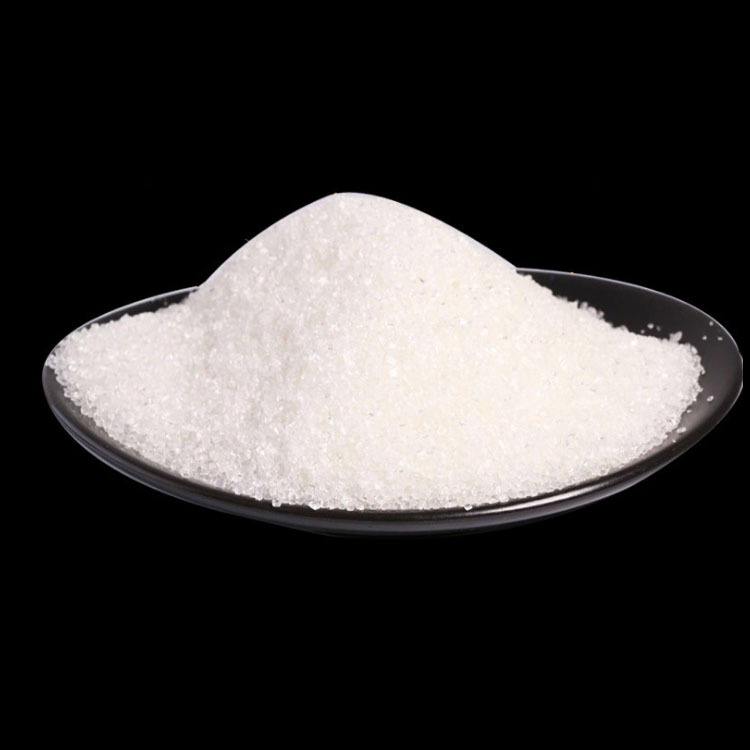[alias]Dodecanoic acid, dodecanoic acid, n-dodecanoic acid.
[Molecular formula]C12H24O2
[Structural formula]CH3(CH2)10COOH

[Properties]Lauric acid is A long-chain saturated fatty acid, with the smell of laurel oil, present in laurel in the form of glycerides , Coconut tree fruit, colorless acicular crystal or powder, relative density 0.8679 (50°C), melting point 44°C, boiling point 160~165 (2.66kpa), refractive index 1.4304 (50°C). Insoluble in water, easily soluble in ethanol, ether, benzene, soluble in isopropanol, slightly soluble in acetone, petroleum ether. It can sulfate with concentrated sulfuric acid, and has no chemical effect when it meets strong alkali.
[Use] Used in the manufacture of alkyd resins, chemical fiber oils, insecticides, synthetic fragrances, plastic stabilizers, gasoline and anti-corrosion additives for lubricating oils. It is widely used in the manufacture of various types of surfactants: cationic types include laurylamine, lauryl fat, dilaurylamine, lauryl dimethylamine, lauryl trimethylamine salt, etc.; anionic types include sodium lauryl sulfate, Lauric acid sulfate ester salt, lauryl sulfate diethanolamine salt, etc.; zwitterionic types include lauryl betaine, lauric acid imidazoline, etc.; nonionic surfactants such as polyethylene glycol monolaurate, polyoxyethylene lauryl Ester, glyceryl laurate polyoxyethylene ether, lauric acid diethanolamide, etc. In addition, it is also used as a food additive and in the manufacture of cosmetics.
[Brief recipe]
①From natural vegetable oils (such as coconut oil, cubeb kernel oil, palm tung kernel oil, pepper kernel oil, etc.) through saponification or under high temperature and pressure produced by decomposition.
②Separated from synthetic fatty acid.
[Safety and Protection]Packed in plastic bags and sacks, each bag has a net weight of 25kg or 50kg. This product is non-toxic and should be stored and transported according to the regulations of general chemicals.

 微信扫一扫打赏
微信扫一扫打赏

